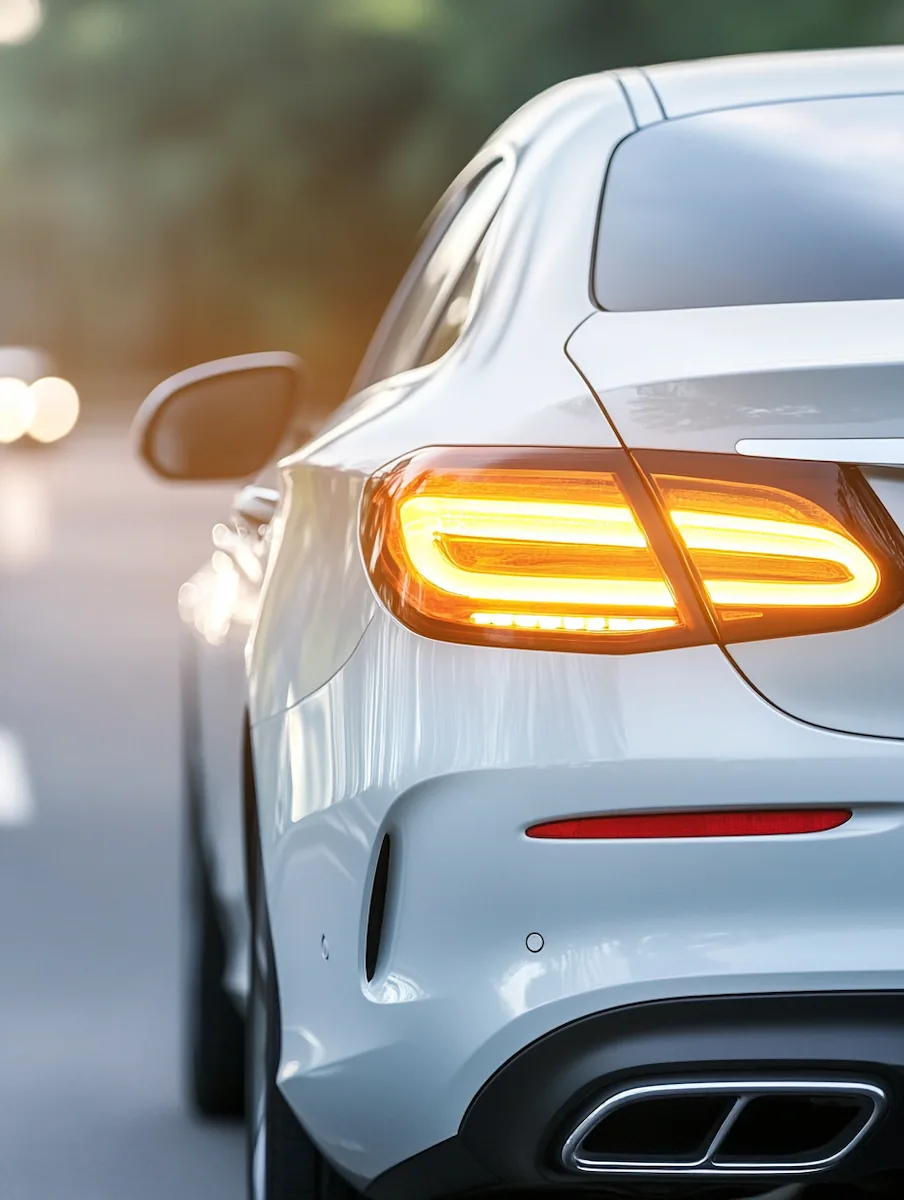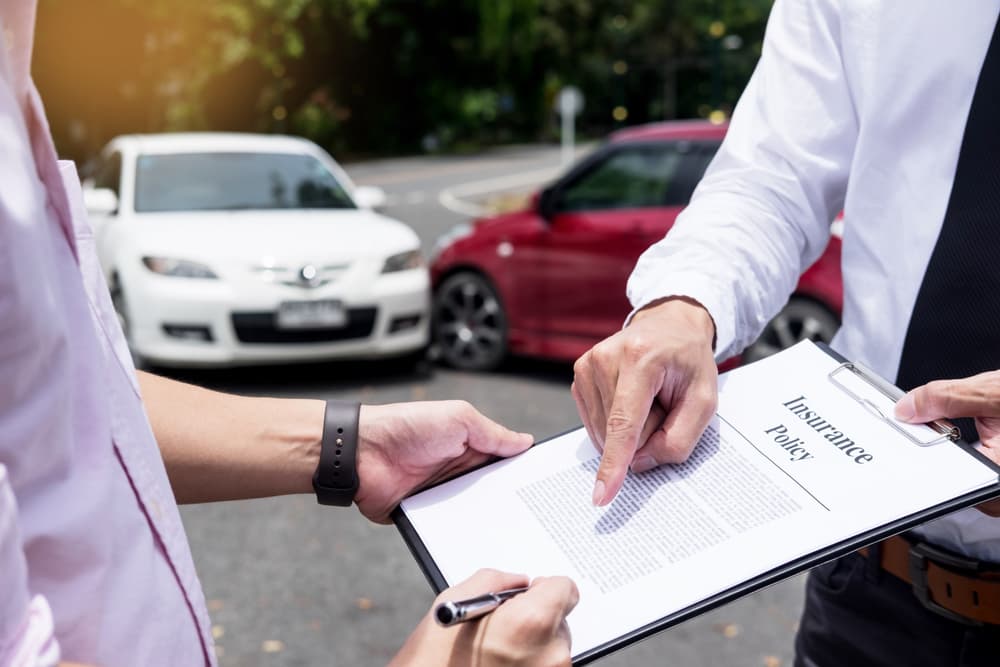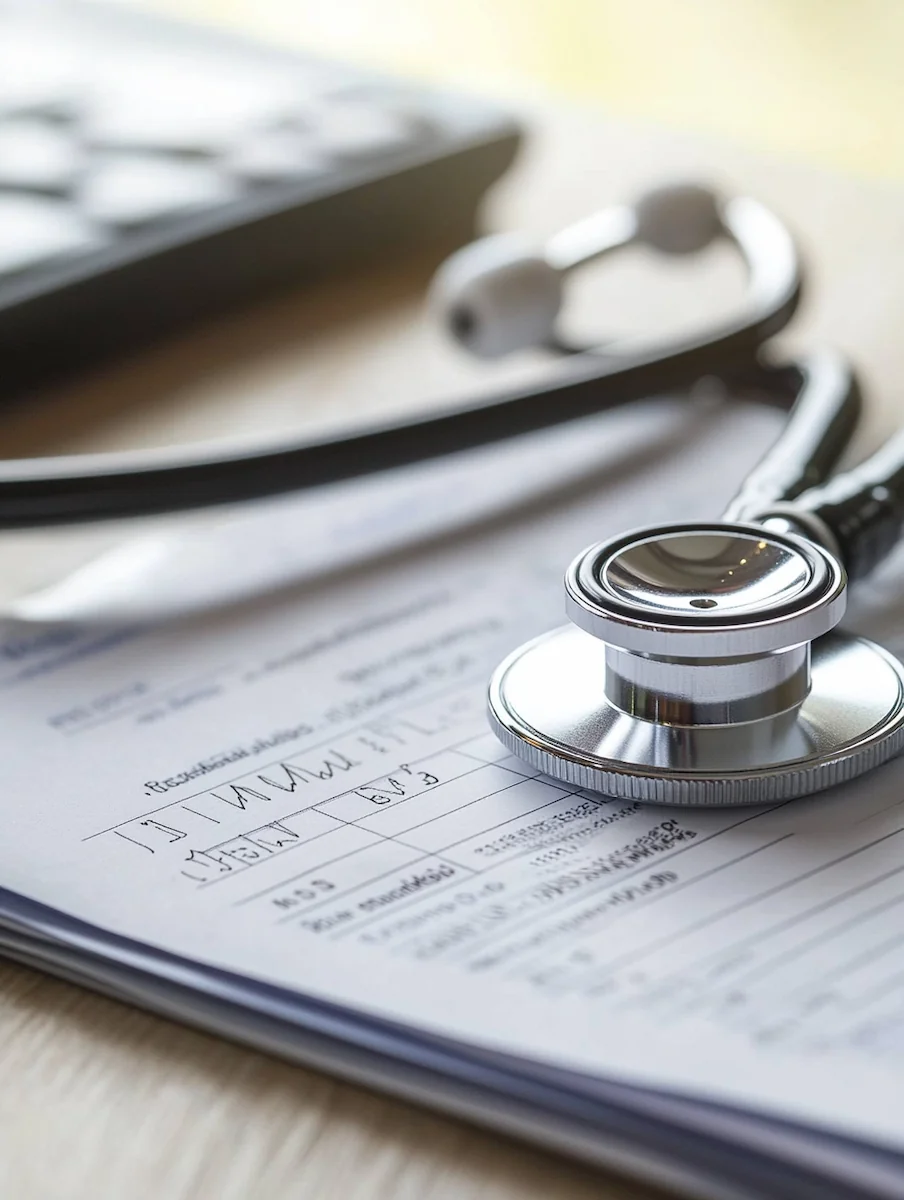Left Turn Accident Claims
Left-turn accidents happen in an instant but leave long-lasting consequences. A driver misjudges the speed of oncoming traffic, ignores a red light, or rushes to make a turn, and suddenly, there’s a collision. These crashes often lead to severe injuries, vehicle damage, and insurance disputes. If you were injured in a left-turn accident, recovering compensation may not be as simple as it should be.
Insurance companies often assume the driver making the left turn is responsible. While that’s true in many cases, it’s not always accurate. Speeding, distracted driving, and running a red light can shift liability to the other driver. Proving fault requires strong evidence, and without it, insurance companies may deny or undervalue your claim.
At Karell Trial Attorneys, we help accident victims hold negligent drivers accountable. If you were hurt in a left-turn accident, you deserve fair compensation for medical bills, lost wages, and pain and suffering. Understanding how these cases work can help you protect your claim and avoid costly mistakes.
Recent Results
$675,000
REAR END COLLISION
$225,000
TRIP AND FALL
$300,000
ATV ACCIDENT
$200,000
RIDESHARE COLLISION
$300,000
TOW TRUCK COLLISION
$500,000
GARBAGE TRUCK COLLISION
Common Causes of Left-Turn Accidents
Left-turn accidents are among the most dangerous types of crashes, and they frequently happen at intersections where vehicles cross paths. Drivers making a left turn are legally required to yield to oncoming traffic unless they have a protected green arrow. When this rule is ignored or poorly timed, the results can be devastating, often leading to severe injuries or fatalities. Understanding what causes these accidents is crucial to identifying liability and pursuing compensation.
Failing to Yield
One of the most common causes of left-turn accidents is a driver failing to yield the right-of-way. Traffic laws make it clear that left-turning vehicles must yield to oncoming cars. Accidents often occur when a driver misjudges the distance or speed of an approaching vehicle or attempts to “beat” traffic during a yellow light. These miscalculations leave little time to react, resulting in T-bone or head-on collisions.
Improper or Lack of Signaling
When drivers fail to use their turn signals or make sudden, unannounced turns, they create confusion on the road. Other drivers, cyclists, and pedestrians may not have enough time to adjust or stop, increasing the risk of a collision. Proper signaling is critical to alert others of a vehicle’s intentions, and failing to do so is a common cause of left-turn crashes, especially at busy intersections.
Speeding or Reckless Driving
Drivers who speed through intersections or accelerate to beat yellow lights dramatically increase the likelihood of a left-turn accident. Speeding reduces reaction time and makes it harder to avoid a collision when another vehicle unexpectedly turns. Reckless driving, such as weaving through traffic or ignoring red lights, can also contribute to these dangerous crashes, particularly when visibility is limited.
Reduced Visibility
Poor visibility is another significant factor in left-turn accidents. Large vehicles, parked cars, bushes, or obstructed views at intersections can make it difficult to see oncoming traffic. When drivers proceed without a clear view of the road, they increase the risk of turning directly into an oncoming vehicle. Weather conditions, such as heavy rain or fog, can worsen the problem by further reducing visibility.
How Impact Severity and Liability Are Determined
Each left-turn accident has unique factors that influence its severity. The angle of impact, vehicle speeds, and whether safety measures like seat belts or airbags were used all play a role in the extent of injuries. Common injuries from these crashes include whiplash, broken bones, spinal cord damage, and traumatic brain injuries. Proving liability requires a detailed investigation of these elements, including gathering witness statements, analyzing traffic camera footage, and reconstructing the accident.
While left-turning drivers are often presumed to be at fault, that isn’t always the case. If the oncoming driver was speeding, distracted, or disobeying traffic signals, they may share responsibility for the crash. Determining liability often comes down to reviewing all available evidence to establish who acted negligently. At Karell Trial Attorneys, we help accident victims by thoroughly investigating the circumstances of left-turn accidents and building a solid case to pursue full compensation.
Injuries Often Sustained in Left-Turn Collisions
Left-turn accidents can cause severe injuries, especially in high-speed crashes. When a car turns into the path of another vehicle, the force of impact can be devastating. There are many factors that can cause this but this is mostly due to the fact that there is near direct impact and less protection for the passenger and driver sometimes given the immediate jolt that can cause multiple serious injuries. Common injuries include:
- Fractures: Brocken bones, particularly in the arms, legs, and rubs, are most common due to the force of impact.
- Spinal Injuries: The force of the collision can damage the spinal cord or surrounding organs causing more injuries.
- Concussions: A type of brain injury which is caused by a blow to the head or aggressive head shaking which leads to symptoms like headaches, confusion, and dizziness.
- Soft tissue injuries, including whiplash: A neck injury when the head is thrown rapidly backwards then forward, damaging the neck’s muscles and tissues.
Motorcyclists, bicyclists, and pedestrians are particularly vulnerable. Without the protection of a vehicle, they often suffer life-threatening injuries. Even a lower-speed collision can lead to long-term pain and mobility issues. Seeking immediate medical attention after a crash is essential, even if injuries seem minor at first.
Determining Liability in Left-Turn Accidents
It’s a common misconception that the driver making a left turn is always at fault in a collision. While left-turning drivers are typically responsible for yielding to oncoming traffic, there are situations where they may not be solely to blame—or may not be at fault at all. For example, if the other driver was speeding, ran a red light, or engaged in reckless driving, they could share liability or even bear full responsibility for the crash. Every left-turn accident is different, which is why a detailed investigation is necessary to establish fault accurately.
Proving liability involves gathering strong evidence that shows how the accident occurred and which driver acted negligently. Key pieces of evidence may include police reports that document the scene, witness statements that corroborate what happened, and traffic camera footage that can reveal violations such as speeding or failure to stop at a red light. Unfortunately, many drivers involved in left-turn accidents assume they have no case because of the assumption of fault placed on left-turning vehicles.
At Karell Trial Attorneys, we help clients challenge unfair determinations by uncovering the facts, consulting accident reconstruction experts if needed, and building cases backed by solid evidence to ensure they receive the compensation they deserve. If you’ve been injured in a left-turn collision, you don’t have to take on insurance companies or fault disputes alone. We’re here to fight for your rights and hold the responsible parties accountable.
Awards & Certifications
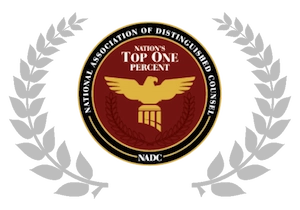
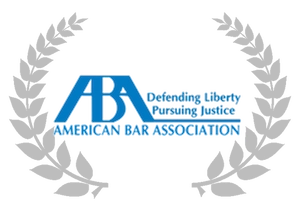
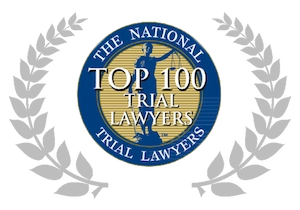
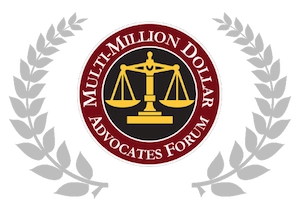
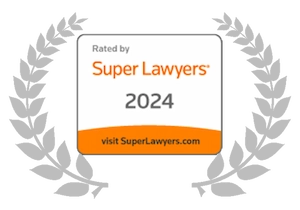
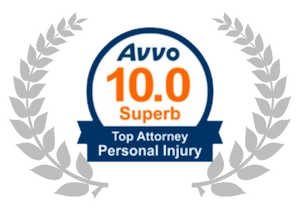
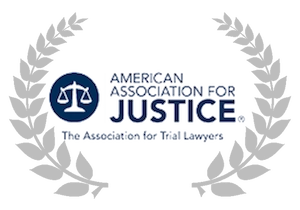
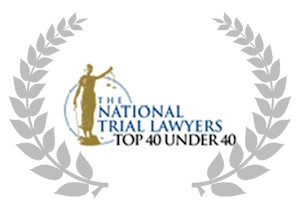
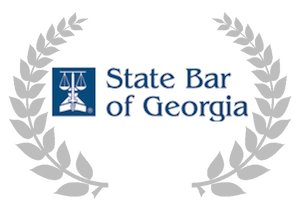
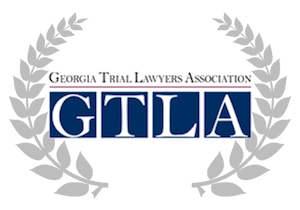
How to Protect Your Claim After a Left-Turn Accident
Protecting your claim after a left-turn accident requires swift and strategic action. The steps you take immediately following the crash can impact your ability to recover full compensation. Insurance companies may try to undermine your claim, but following these recommendations can strengthen your case and safeguard your rights.
Ensure Your Safety and Preserve Evidence
Your safety is the top priority. If possible, move to a safe location to avoid further danger. Seek medical attention right away, even if you don’t feel seriously injured. Some injuries, like whiplash or concussions, may not show symptoms immediately but could worsen without treatment. Preserve as much evidence as possible by taking photos of the accident scene, vehicle damage, road conditions, and your injuries. Collect contact information from witnesses and obtain a copy of the police report, as these details can support your claim later.
Notify Insurance Companies and Relevant Parties
Inform your insurance company of the accident, but avoid giving detailed statements without legal advice. Insurance adjusters may try to get you to say things that could be used to deny or reduce your claim. Notify other relevant parties, such as your employer if the accident affects your ability to work. Keep communication brief and factual, and refrain from admitting fault or speculating about the cause of the crash.
Consult with an Attorney
Handling a claim on your own can be overwhelming, especially when insurance companies use tactics to limit payouts. Our attorneys understand your rights and can handle negotiations to protect your best interests. We gather evidence, document your losses, and build a strong case for compensation. By working with an attorney from Karell Trial Lawyers, you reduce the risk of settling for less than you deserve and avoid legal missteps that could harm your claim.
Avoid Public Discussions About the Accident
Keep details of the accident private. Avoid posting about the crash on social media or discussing it publicly, as insurance companies may monitor these platforms to find information they can use against you. Limit conversations about the accident to trusted individuals and your attorney to maintain the integrity of your case.
Follow Legal Advice and Stay Involved
Follow your attorney’s guidance closely. Provide complete and accurate information about the accident, attend all scheduled meetings, and participate in court proceedings if necessary. Never accept a settlement offer without consulting your attorney, as quick offers are often designed to shortchange victims. Your legal team will evaluate whether an offer is fair and in your best interest.
Document Expenses and Emotional Impact
Keep detailed records of all accident-related expenses, including medical bills, therapy costs, lost wages, and travel expenses for treatment. These documents are crucial for calculating the full value of your claim. Additionally, document the emotional toll of your injuries, such as anxiety, depression, or chronic pain, as non-economic damages may also be compensable.
Prioritize Your Well-Being
Recovering from a serious accident isn’t just physical, it’s emotional too. Seek professional help if you experience trauma, anxiety, or depression. Allow yourself time to heal, both mentally and physically, as self-care is essential to your overall recovery. With the support of experienced attorneys and a focus on your well-being, you can move forward with confidence and build a strong foundation for your claim.
At Karell Trial Attorneys, we are here to guide you every step of the way. Contact us for a free consultation to discuss how we can protect your claim and help you pursue maximum compensation.
Gone Through Hell?
Call Karell
Clark Karell is an award-winning accident injury lawyer. He, and his team of dedicated trial attorneys, tirelessly fight for the financial rights of injury victims. For nearly two decades Mr. Karell and his staff stood out amongst other injury law firms in Atlanta due to their professional class, client care, and most of all...CASE RESULTS. Call Karell and Get Paid. Period.
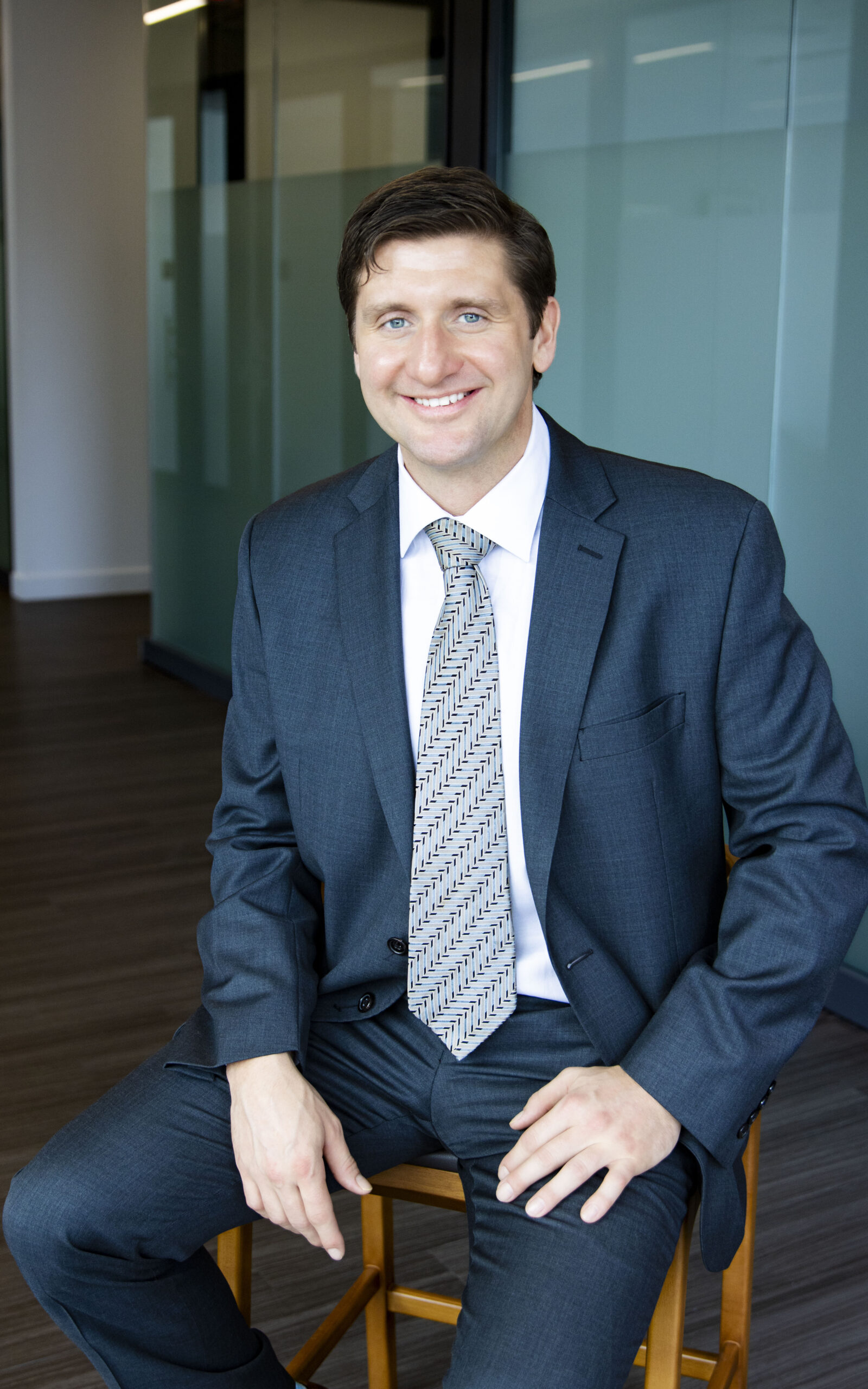
Practice Areas
How Insurance Companies Evaluate Left-Turn Accident Claims
Insurance companies rely on a variety of evidence to determine fault in left-turn accidents. While they often assume that the left-turning driver is at fault due to their legal obligation to yield, that assumption can be challenged when other factors indicate shared or alternate responsibility. Understanding how insurers evaluate these claims can help you protect your rights and counter attempts to reduce your compensation.
Reviewing Police Reports and Traffic Laws
Police reports are often the first resource insurers use when evaluating fault. These reports provide details about how the accident occurred, which traffic laws may have been violated, and whether any citations were issued. Insurers carefully examine whether the left-turning driver failed to yield or if the oncoming driver broke any rules, such as running a red light or speeding through an intersection. If the left-turn driver had a protected green arrow or the oncoming driver ignored traffic signals, this can shift or share liability.
Analyzing Vehicle Damage and the Point of Impact
The location and extent of vehicle damage are key factors insurers use to reconstruct the sequence of events. For example, damage to the front passenger side of the left-turning vehicle and the front of the oncoming vehicle may indicate that the oncoming driver had the right of way. Conversely, if damage is located at the rear of the left-turning car, it may suggest the turn was nearly completed before the collision, potentially shifting some responsibility to the other driver. This analysis helps insurers assess whether the left-turn driver was truly negligent or if other circumstances played a role.
Gathering Witness Statements
Third-party witnesses who were present at the scene can provide unbiased perspectives that clarify details like which driver entered the intersection first, who had the right of way, or whether either driver was speeding or distracted. Witness statements often carry significant weight, especially when there are conflicting accounts from the drivers involved.
Examining Camera Footage
Traffic cameras, security cameras, or dash cams can provide direct evidence of the events leading to the collision. Video footage can capture critical moments, such as whether the oncoming driver sped through a yellow light or if the left-turn driver started turning before it was safe. This type of evidence is difficult to dispute and can be used to counter incorrect assumptions of fault.
Assessing Partial Fault and Comparative Negligence
Insurance companies may try to argue that you share some responsibility for the accident, even if the other driver was negligent. For example, they may claim you were distracted, didn’t signal properly, or turned too quickly. Georgia follows a modified comparative negligence rule, which means your compensation could be reduced if you’re found partially at fault. If you are assigned 50% or more of the blame, you may be barred from recovering damages altogether.
Countering Insurance Tactics with Clear Evidence
Insurers often use aggressive tactics to minimize payouts, including arguing that you contributed to the accident or downplaying the severity of your injuries. Our legal team knows how to build a strong case using police reports, witness testimony, expert analysis, and camera footage to counter these tactics. We work to prove the other driver’s negligence and maximize your chances of a full financial recovery.
If you’ve been injured in a left-turn accident, don’t let the insurance company control the narrative. Contact Karell Trial Attorneys today for a free consultation, and let us help you protect your rights and fight for the compensation you deserve.
Consult with Our Car Accident Attorneys for a Left-Turn Collision With a Free Consultation
Left-turn accident claims are rarely straightforward. Insurance companies may try to place the blame on you, even if the other driver was reckless. Adjusters often push for a quick settlement that falls far below what your claim is truly worth. Without having our team supporting you, recovering fair compensation for medical expenses, lost income, and other damages can be challenging.
Our car accident attorneys can make a significant difference in your case. They will gather crucial evidence, such as surveillance footage and witness statements, to support your claim. They handle negotiations with insurance companies to maximize your settlement and challenge unfair fault determinations that could reduce your compensation. Our experienced team also ensures that you receive full compensation for both current and future medical needs.
At Karell Trail Attorneys, we fight for accident victims. If you were injured in a left-turn collision, you don’t have to face the insurance company alone. Contact us via our website or call 678-999-3331 today for a consultation, and let’s discuss how we can help you move forward.
Get in Touch
Free Consultation
Fields Marked With An “*” Are Required

 (678) 999-3331
(678) 999-3331